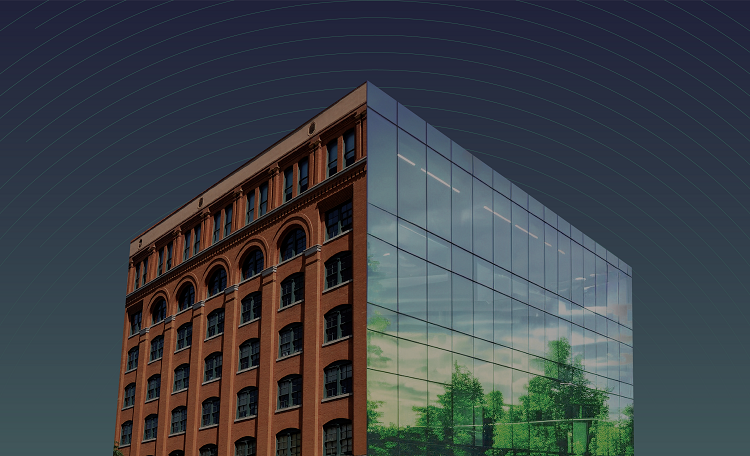Utilizing LEED-certification as an indicator, we determined that there was a noticeable premium for rents and revenue, controlling for quality, age and class of buildings. In Part 2 of this series, we examine how LEED certification impacts sale pricing.
Over the past 10 years, LEED-certified office buildings made up 29.7% of total office investment sales in the U.S., comprising $357.4B in transactions. In this analysis, we set out to answer the following questions.
- What was the premium in sales price on a per square foot basis for these assets?
- How did cap rates differ between LEED-certified and non-LEED-certified product?
- Did these differences fluctuate based on quality class, location (urban vs. suburban), or market type?
Key Findings
- Keeping quality and class constant, LEED-certified Class A urban office sales generated a 25.3% price per square foot (psf) premium over non-certified buildings, while LEED-certified Class A suburban office achieved a 40.9% premium over non-certified assets.
- LEED-certified Class B office achieved the highest premium, 77.5% over its non-certified comparable set.
- LEED certification compressed cap rates relative to non-certified office by 40 – 80 basis points (bps).
- When we investigated the fairness of pricing for assets, we determined that LEED-certified Class A suburban properties are undervalued when compared to what a bottoms-up analysis would suggest, using revenues and prevailing cap rates. Class A urban and Class A gateway+ asset values corresponded to the bottoms-up valuation, meaning these assets are neither undervalued nor overvalued.












